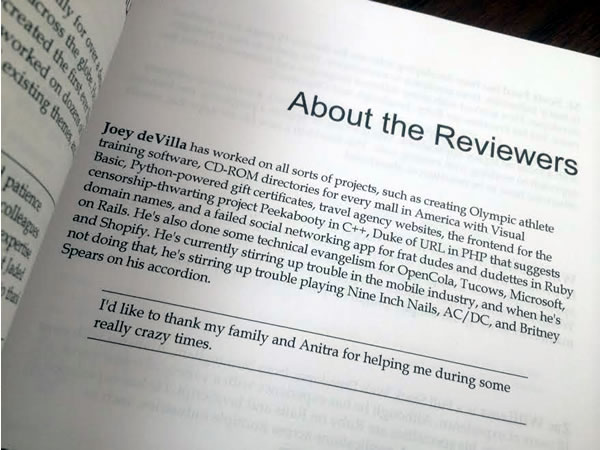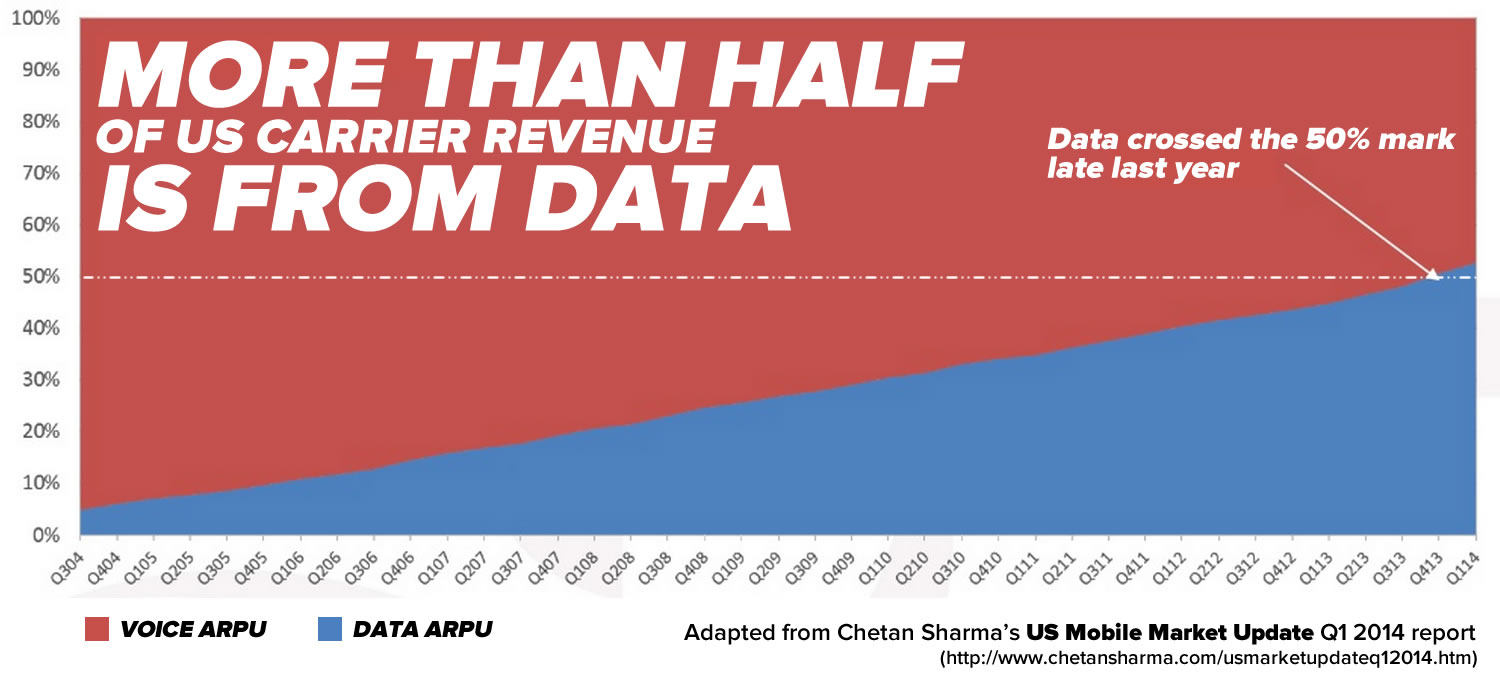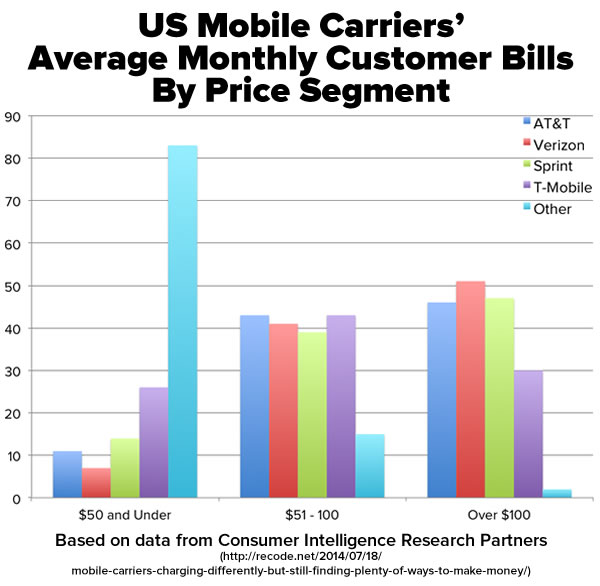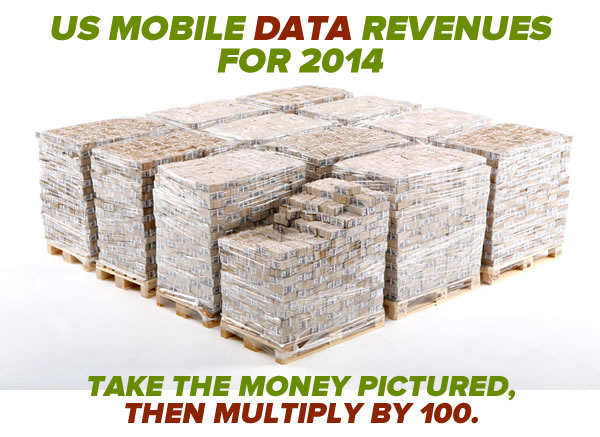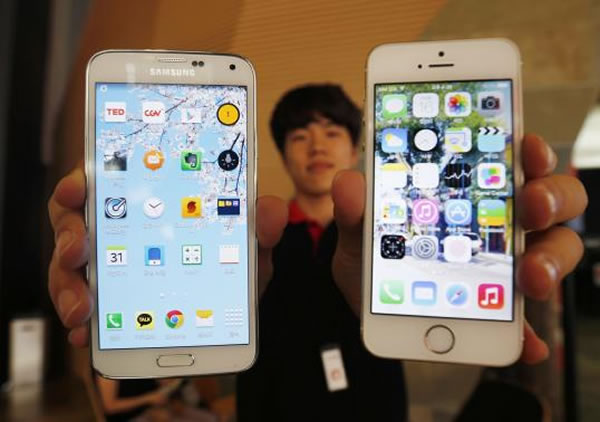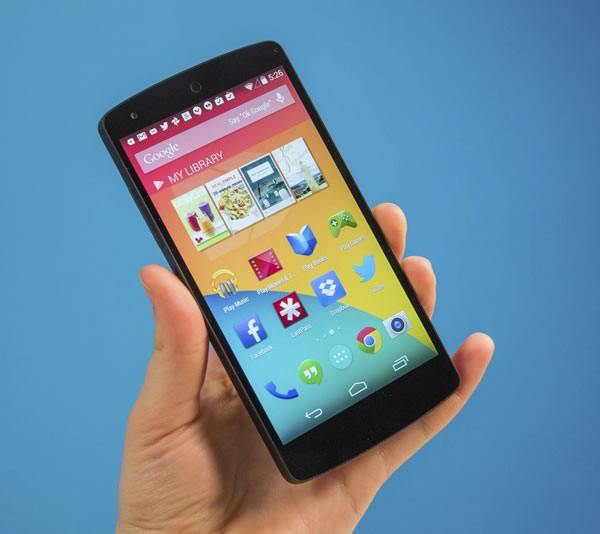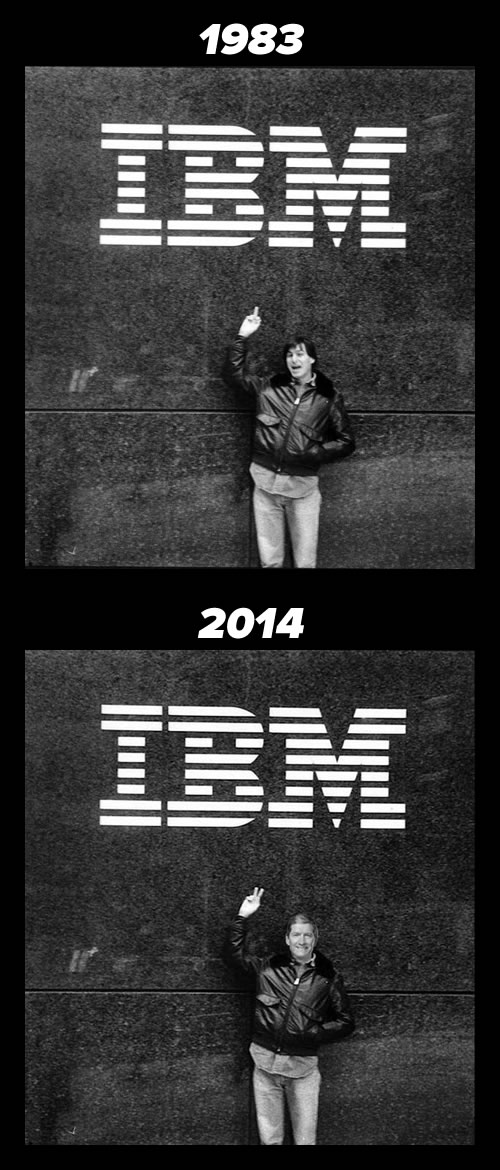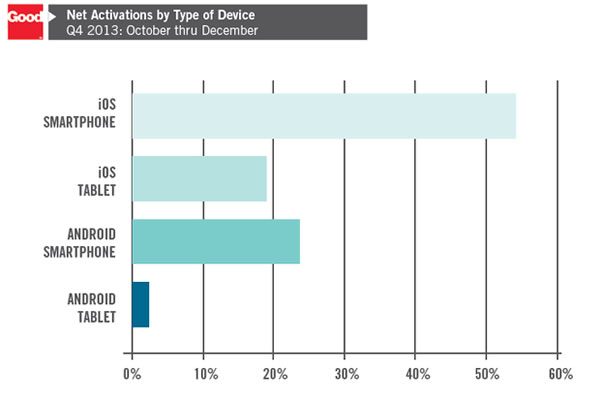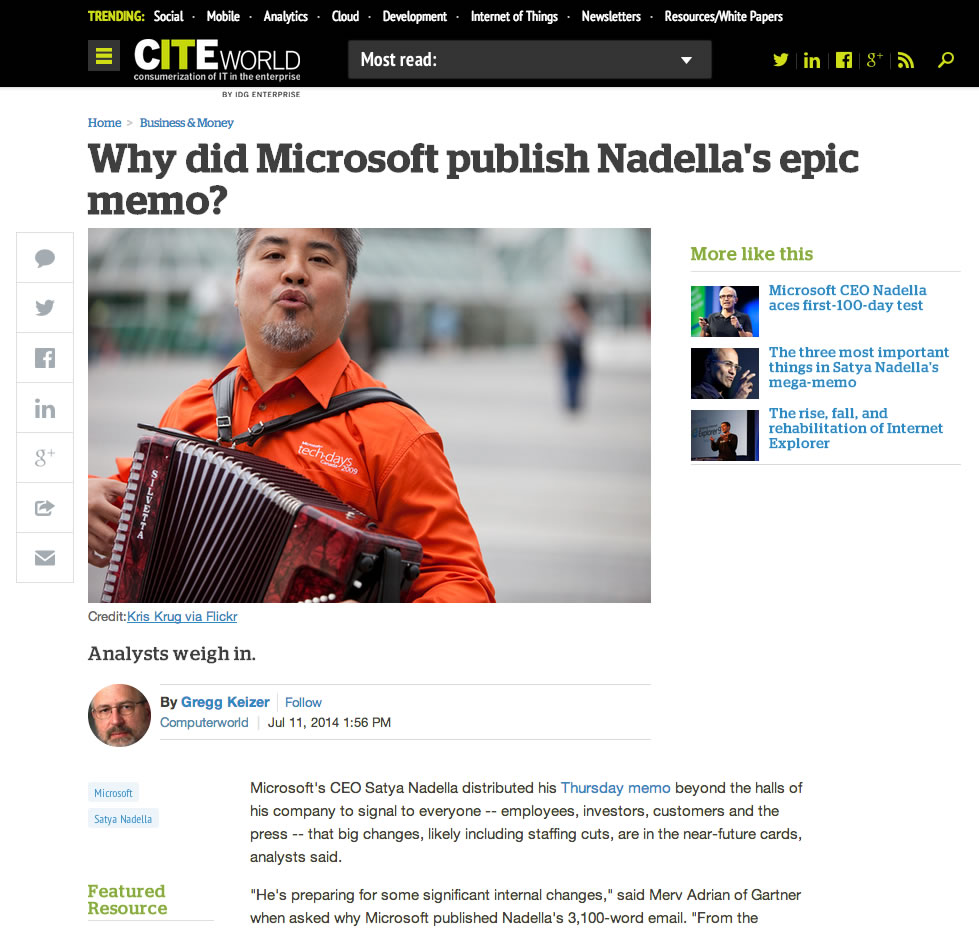
Creative Commons photo by Rob Tiggelman. Click the photo to see the source.
After the release of the first-generation iPhone a little over seven years ago (June 29, 2007), the mobile industry would never be the same again. Sure, there were some naysayers who said it would never take off:
but in the end, the iPhone not only redefined what a smartphone was, but helped drive the convergence of mobile computing, wireless, and the internet, which in turn helped change the telecom industry’s business model from a voice-based one to a data-based one.
We’ve seen Apple’s long shadow in a couple of bits of recent news as well…
In the enterprise: The Apple/IBM partnership

IBM CEO Ginni Rometty and Apple CEO Tim Cook
We’ve covered this before, but it’s worth mentioning again, as it means that Apple’s iDevices — which have somewhere in the area of 90% penetration in the enterprise already — are getting paired up with IBM’s business services and big data expertise.
On the higher end: Samsung
If you wanted to get an idea of how fierce the competition between Samsung and Apple is, you need only to watch Screen Envy, Samsung’s latest ad:
Many of Samsung’s ads poke fun at Apple users and devices, but this one’s a little different. This time, the target of their fun-poking is the iPhone 6, which not only hasn’t been released, it hasn’t even been announced. There’s been word about Apple asking manufacturers to get ready for a record-breaking initial production run of iPhones in new sizes and the usual set of reports from reasonably reliable sources, but there’s still no confirmed list of features nor is there a release date.
That’s how competitive the mobile device industry is: you have to pre-emptively advertise against competitors’ products that don’t even yet exist.
On the lower end: Xiaomi
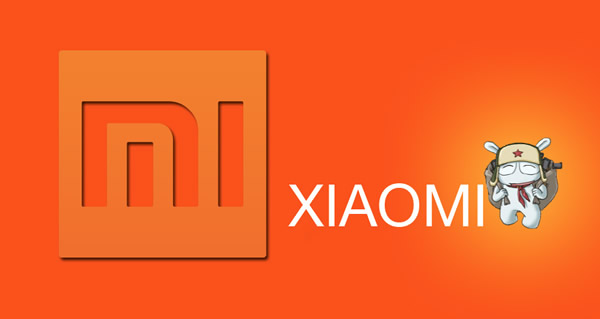
Xiaomi (pronounced “SHAO-mee”) may be a non-entity here in the U.S., but they’ve been called “The Apple of China”. The comparison is an apt one in many ways, not the least of which is that they’re a threat to Samsung — just from the lower end of the pricing spectrum. The underlying tech in their latest products can easily hold their own against Apple’s and Samsung’s flagship devices, and China alone can provide them with enough customers to make them a big player. Their devices are also cheaper than Samsung’s, which may be a threat as they expand beyond China and into the world market. As Business Insider’s Steve Kovach observed:
…that’s a big problem for Android manufacturers like Samsung. Apple has a great mobile ecosystem with iOS that you can only get on iPhones and iPads, but there isn’t a big difference between what a Samsung Android phone can do versus a Xiaomi Android phone. So, why spend twice as much when you can get a high-end gadget that does the same thing for half the price?
Here’s Xiaomi’s most recently-announced phone, the Mi4, which looks suspiciously like an iPhone, right down to the metal body and chamfers on the edges:
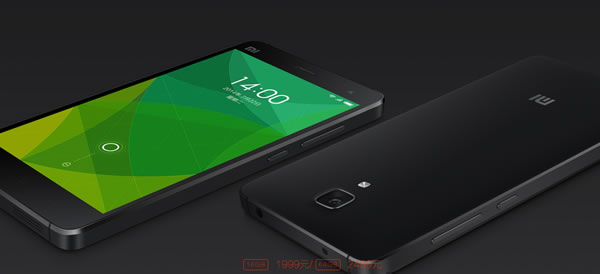
And if that weren’t enough copycattery, here’s their tablet, the MiPad (yes, you read that right: MiPad). It does boast graphics chips on par with an Xbox 360 or PlayStation 3 under the hood, but that hood looks oh-so-familiar:
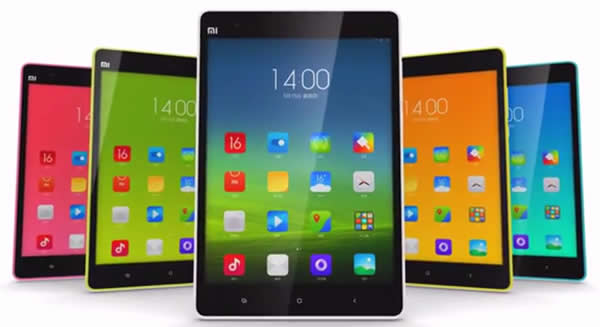
The Apple-aping at Xiaomi doesn’t just stop at the products. Like Apple, their marketing points out their attention to design and detail. Their CEO, Lei Jun, is a bit of a Steve Jobs fan and according to Wikipedia “carefully cultivates a Steve Jobs image, including jeans and dark shirts, and Jobs’ style of product announcements.”
He’s even gone so far as to “borrow” this old “Stevenote” trick at a recent presentation:
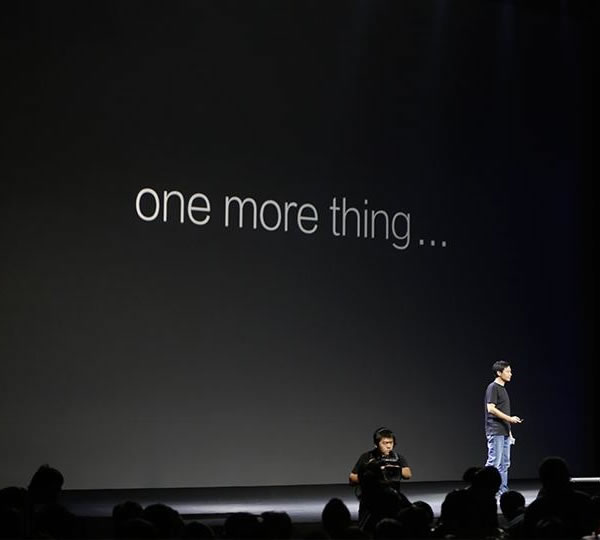
Photo from Sascha Pallenberg’s Twitter account. Click the photo to see the source.

